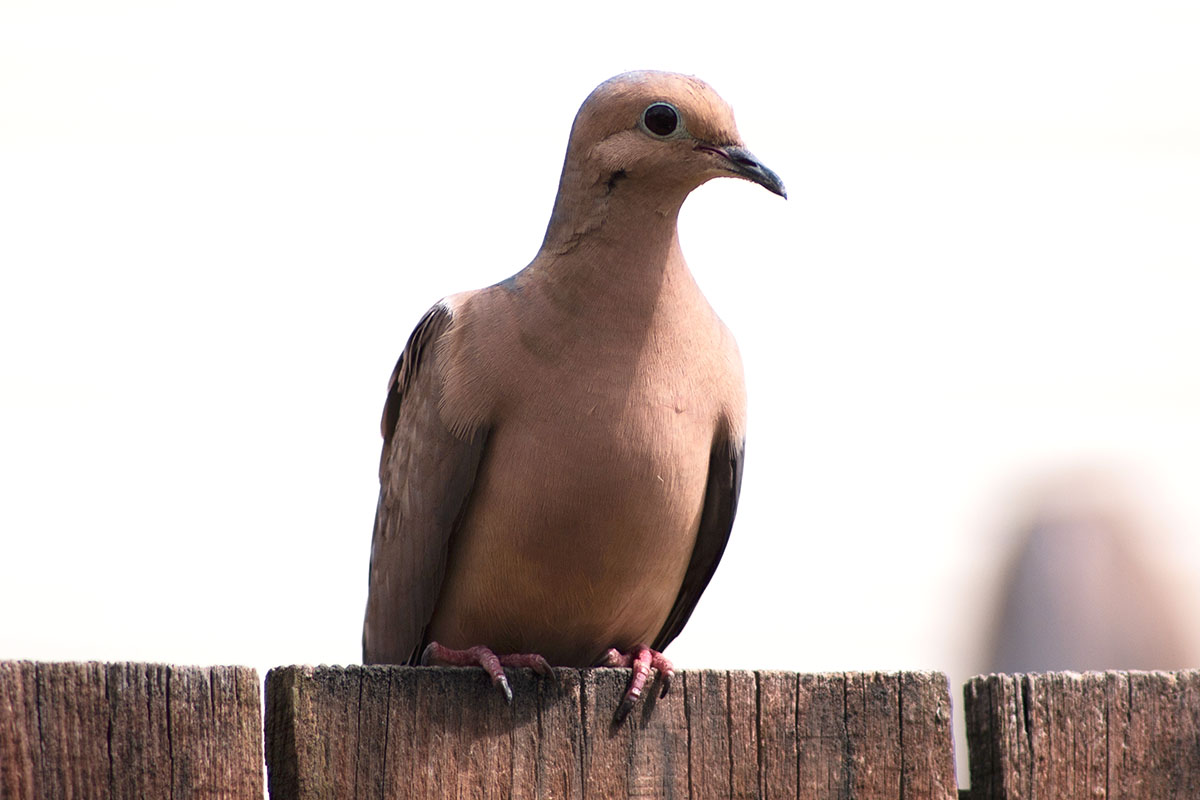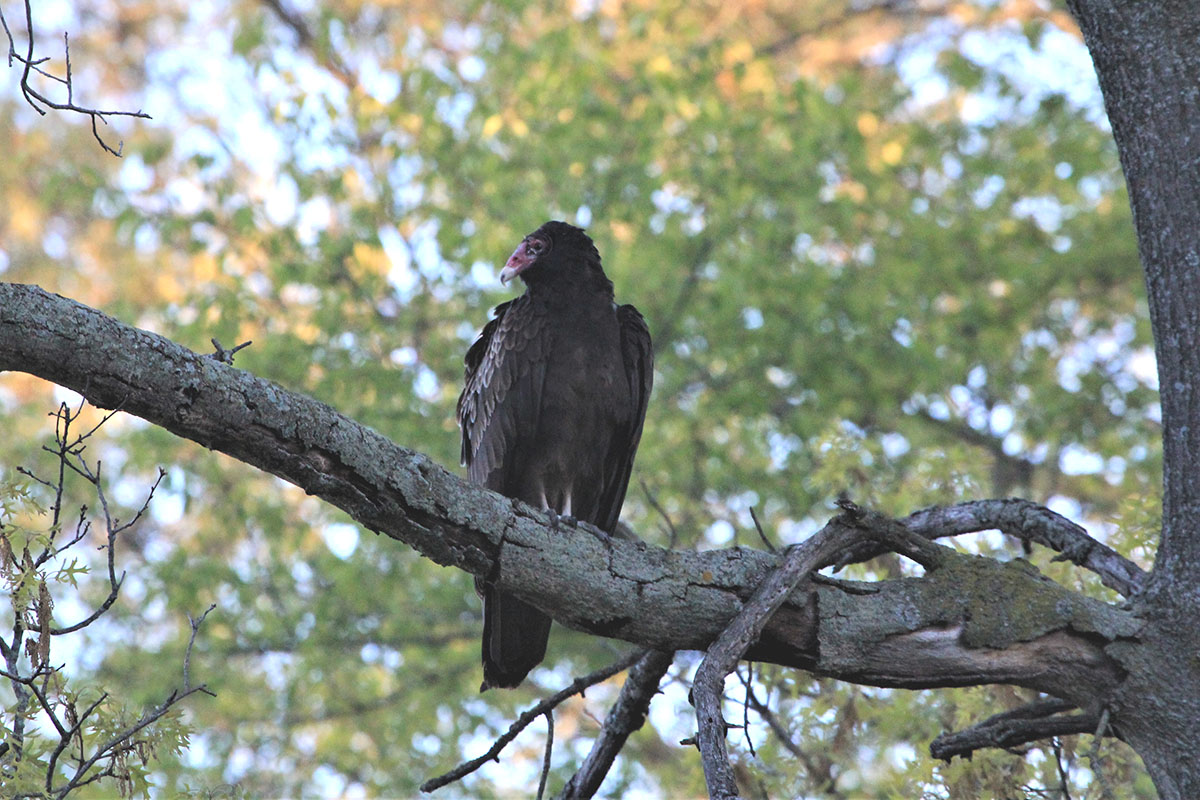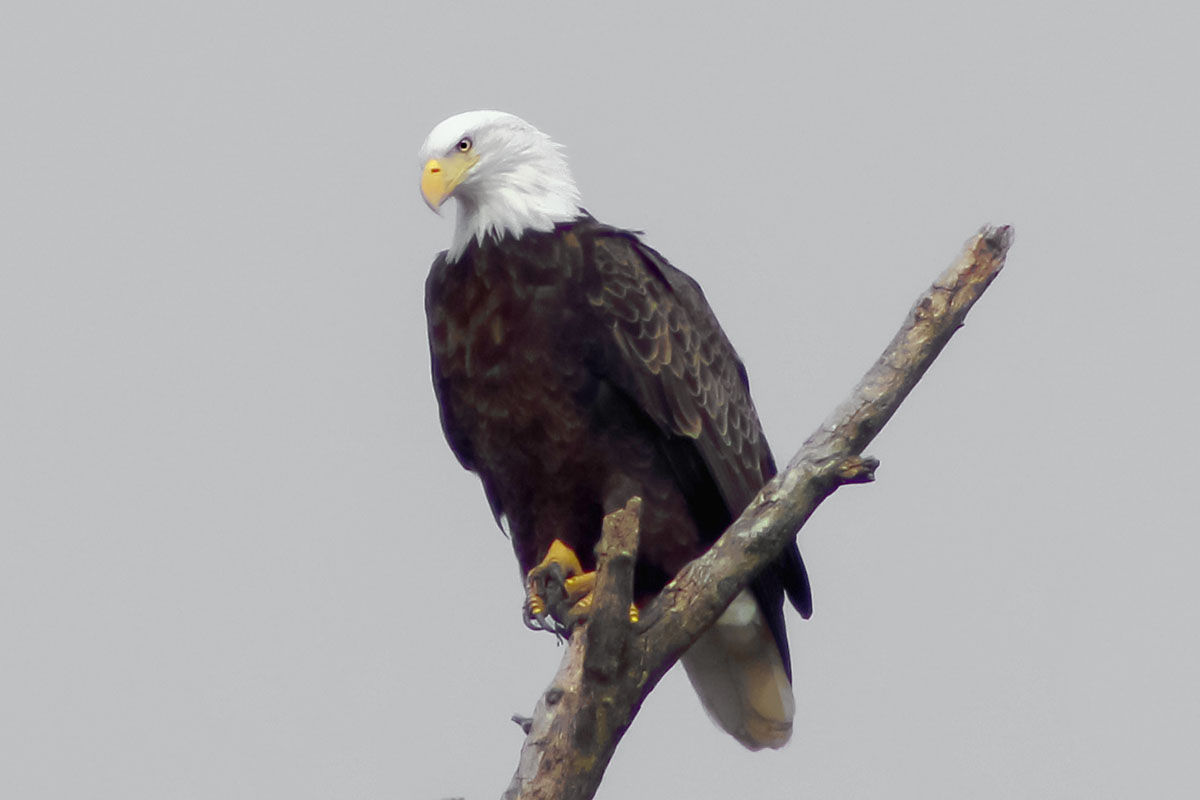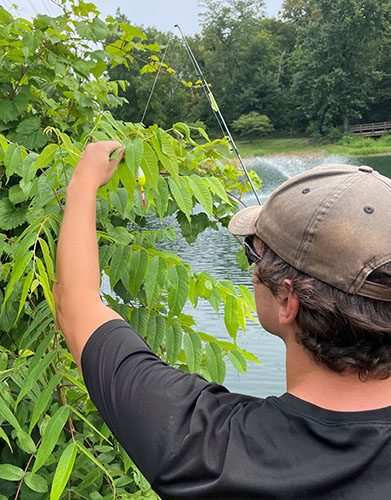Lead is a naturally occurring element in our environment that can be toxic at low levels of exposure. Increased levels of lead in the environment affect both humans and wildlife, especially raptor species. Lead shot is used by many hunters, and its use is regulated in the state of Indiana. Hunters are required to use non-lead (non-toxic) shot when hunting waterfowl anywhere in the state and when hunting mourning dove on all Fish & Wildlife areas. Lead shot may be used when hunting other species, and it may also be used in fishing tackle.
Language Translation




 Depending on what material you buy, non-lead tackle is similar in cost to lead tackle. If you choose to use lead tackle, do your best to retrieve tackle that breaks off from your line and dispose of your tackle in appropriate ways, such as recycling when possible. Maintaining your line can help reduce breakages and loss of tackle. It is recommended that you replace your monofilament fishing line once a year, fluorocarbon every 18 months, and braided line every other year. If you fish often, you may need to replace your fishing line more frequently.
Depending on what material you buy, non-lead tackle is similar in cost to lead tackle. If you choose to use lead tackle, do your best to retrieve tackle that breaks off from your line and dispose of your tackle in appropriate ways, such as recycling when possible. Maintaining your line can help reduce breakages and loss of tackle. It is recommended that you replace your monofilament fishing line once a year, fluorocarbon every 18 months, and braided line every other year. If you fish often, you may need to replace your fishing line more frequently.